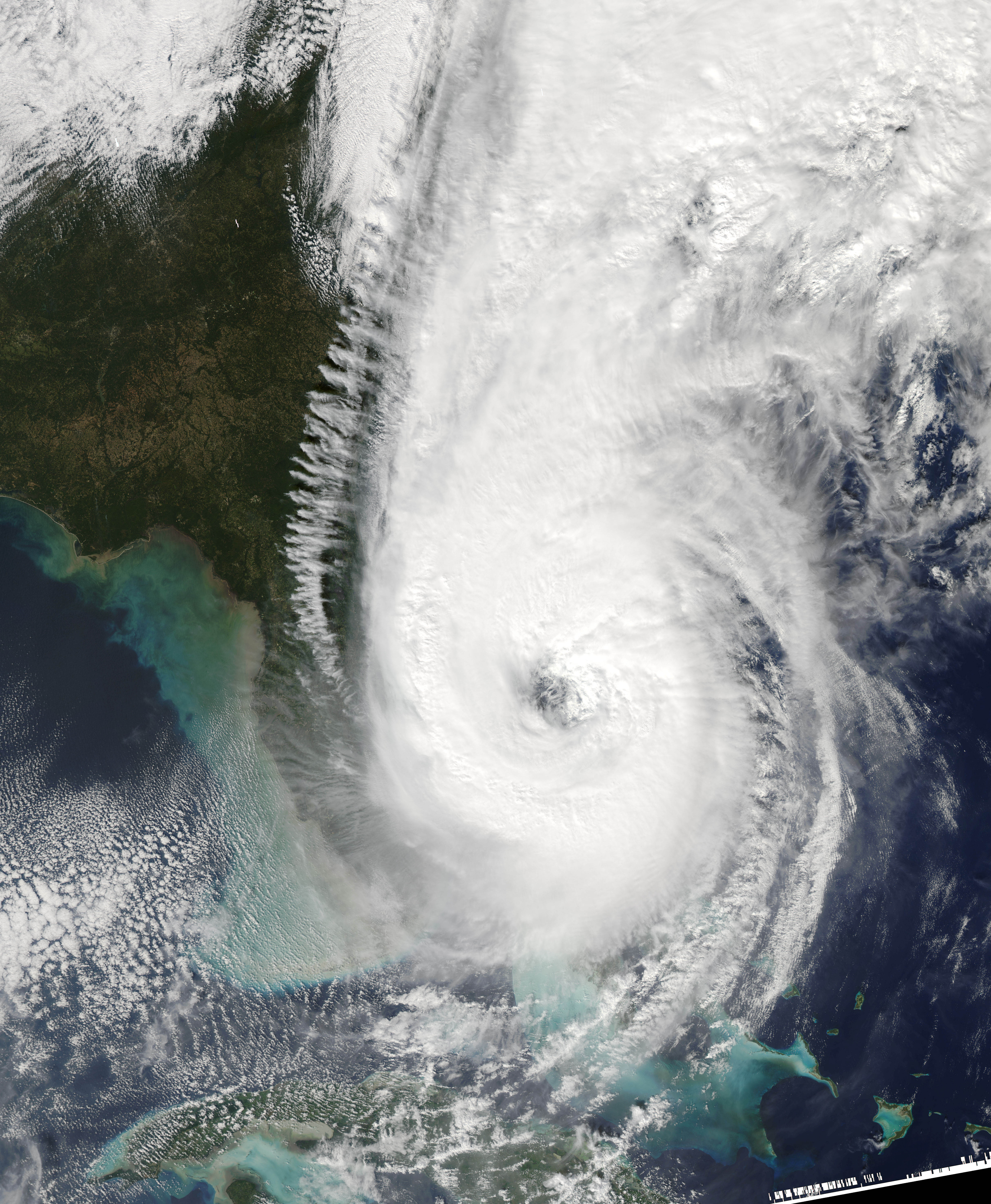Wthrman13 wrote:I didn't see anyone else respond to this, so let me take a crack at it. First, a "cap" colloquially and usually refers to a layer of air just above the planetary boundary layer that exhibits a stable lapse rate in temperatures. That is, it's a low level feature, usually around 2-4 km above the ground. It can be an actual temperature inversion (where the temperature actually increases with height), but it doesn't have to be, just so long as the drop in temperature with height is slower than what a rising parcel from the boundary layer below would experience as it attempts to rise through the "cap". In such a case, the parcel's temperature will end up being cooler at some point than the surrounding air, and will therefore become negatively buoyant and decelerate, possibly reversing direction and sinking again. This is why such a layer is called a cap, since it inhibits the upward progress of rising air parcels from below.
Shuriken is using a lot of nonstandard terminology which makes it difficult to evaluate the meteorological merits of what he's saying, but when he's referring to "King Cap" above 200 mb, this is nothing more than the tropopause inversion. It's *not* the top of the atmosphere, only the boundary between the possibly unstable troposphere below, and the very stable stratosphere.
I did not refer to any cap
"above 200mb" or specify the tropopause inversion; the cap ("King") in question is the one which inhibits convection from reaching and exhausting at 200mb (i.e., that which keeps cloud tops generally lower and warmer, rather than, say, -75C). Depending upon the location and time of season, the actual
height of this cap could widely vary.
The inability to exhaust
above the tops of nearby convection, or the layer of subsidence generated by ITCZ/South American equatorial blow-off, will prevent a tropical system from intensifying.
TD9 is demonstrating the dominance of this factor today: last night, the cap loosened, and a big meatball blew up; this morning, well before the diurnal minima, the cap re-asserted itself and convection waned considerably to the point that the LLC is now exposed.
-- Why did this happen? Most people will fret over various surface factors such as dry air and so on; and much head-scratching ensues as systems inexplicably croak despite entering areas of
better surface conditions for intensification.
I believe it's an entirely high altitude phenomena caused by gravity waves and similar perturbations along the tropopause which upset stability variables. Since these triggering phenomena are mainly invisible, there is an unconscious tendency to assume they do not exist, or at least not pay them due mind. (There have been scattered studies of high altitude import, but not enough for a general knowledge to percolate throughout the community of tropical devotees.)
The height of the tropopause is typically higher in the tropics than in the midlatitudes, because the troposphere is overall warmer and less dense there, leading to a deeper troposphere than the colder midlatitudes. It serves as another "cap" for deep convection (read, thunderstorms) because as the air parcels rising in a thunderstorm updraft encounter the tropopause, they quickly become cooler than the very warm air in the tropopause, and become negatively buoyant. A sufficiently intense updraft, however, has such momentum that it can "punch" it's way quite a distance above the tropopause before the negative buoyancy stops it and causes it to sink again (the so-called "overshooting top"). This is why thunderstorm anvils form (and the cirrus shield of tropical cyclones), as the rising air eventually settles at its level of neutral buoyancy and spreads out horizontally.
Shuriken is right than when the lapse rates below the tropopause are large (at least I think this is what he was getting at), the troposphere is more unstable to deep convection and thunderstorm updrafts (including "hot towers") will be more intense. This leads to stronger tropical cyclones, all other things being equal.









